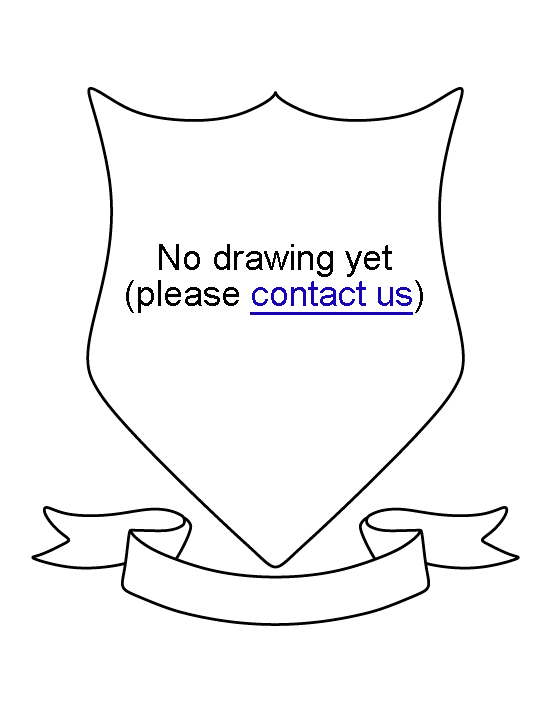(Pole Hore, co. Wexford; descended from Sir William le Hore, one of the Norman knights who invaded Ireland in 1170. Visit. Wexford, 1618). Ar. an eagle displ. az. Crest—A demi eagle az. Motto—Constanter.
(Shandon, co. Waterford; the daus. and co-heirs of the last Matthew Hore, Esq., of Shandon Castle, were, Mabella, m. John Donellan, Esq., of Ballydonellan, co. Galway; Mary, m. 1756, Sir Patrick Bellew, Bart.; and Honora, m. 1765, Michael Aylmer, Esq., of Lyons). Same Arms, &c., with the due mark of diff.
(Killsallaghan, co. Dublin, a branch of Hore, of Pole Hore; Fun. Ent. of Mary, dau. of Philip Hore, of that place, d. 3 July, 1627). Same Arms.
(Ballyshelan, co. Wexford; a branch of Hore, of Pole Hore; Fun. Ent. of Philip Hobe, d. 24 Feb. 1630). Same Arms, eagle charged with a crescent ar. for diff.
(Harperstown, co. Wexford; Matthew le Hore, temp. Edward III., m. Agatha, dau. and heir of Philip le Harper, Lord of Harperstown. Visit Wexford, 1618). Same Arms and Crest, a crescent for diff. Motto—Constanter.
(Cadiz, in Spain; certified 1767, by Hawkins, Ulster, to Hyacinth Hore, Esq., of that place, descended from the house of Harperstown, co. Wexford). Same Arms, Crest, and Motto.
(Baron Ruthven). See Ruthven.
(Risford, parish of Chagford, co. Devon; John Hore, of that place; Visit. 1620, eighth in descent from Robert Hore, temp. Edward III., m. Alice, dau. of Rowland de Rifford). Sa. an eagle with two heads displ. and a border engr. ar.
(confirmed to Sir John Hore, co. Warwick; Edith, dau. and heir of John Hore, temp. Henry VII., m. Rowland Pudsey, ancestor of Pudsey, of Ellesfield, co. Oxford. Visit. Oxon, 1634). Sa. three cinquefoils ar. pierced gu.
(Trenowth, co. Cornwall). Az. on a bend ar. three torteaux.
Same Arms. Crest—A hand holding a sickle ppr.
(cos. Devon and Norfolk). Sa. a bend or.
Vert a stags head cabossed ar. betw. the attires a cross formee of the last.
Vicence – Coupé au 1 d’azur à trois étoiles mal-ordonnées d’or au 2 de gueules à un cadran d’horloge d’azur bordé d’argent le centre d’or ch d’une seule aiguille de sable indiquant l’heure de midi
Baron Ruthven – Ecosse – (Baron, 1651) – Palé d’argent et de gueules à la bordure du second Cimier une tête et col de bélier d’argent accornée d’or Supports un bélier et un bouc tous deux au naturel Devise DEEDS SHOW






